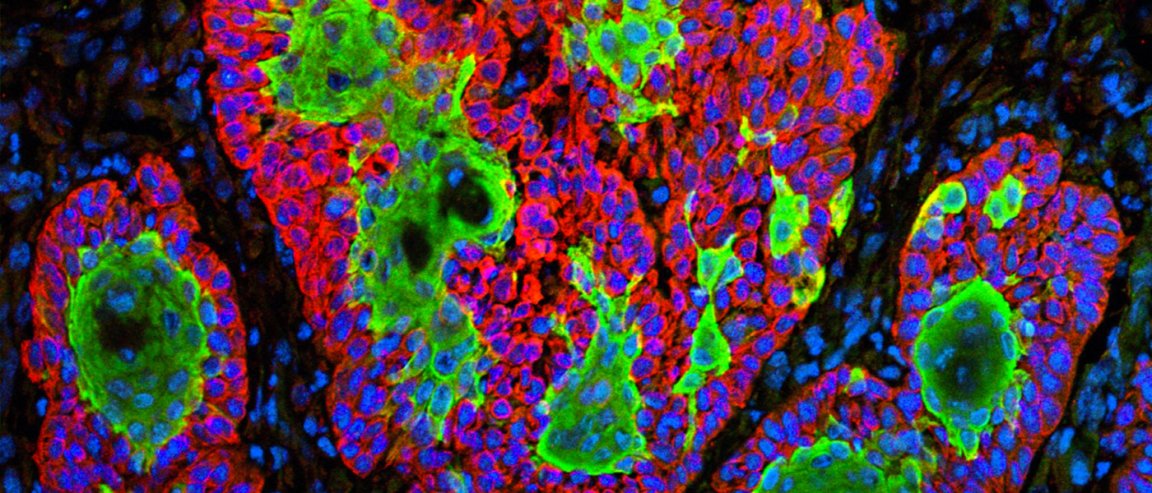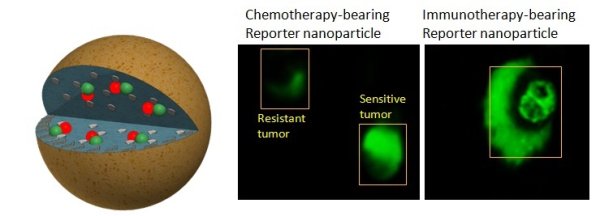
A New Front in the Cancer War
For cancer patients undergoing chemotherapy, the ability to detect whether the treatment is effective for a specific patient is essential to not only their quality of life but their survival. The goal is to ensure that the chemotherapy is actually shrinking their cancerous tumors. But in order to track the progress of chemotherapy using PET, CT or MRI scans, patients will have to undergo several rounds of it, which can cause their bodies to weaken further.
However, a new technique developed by researchers from Brigham and Women’s Hospital (BWH), can now determine the effectiveness of chemo on cancer in just eight hours after treatment has been administered.
It uses a nanoparticle that can deliver the drug, which will emit a green tinge once cancer cells begin to die. This allows doctors to visualize the tumor and determine whether the cancer is resistant to the treatment or whether it is actually making a difference much sooner than any other method currently available.

Light It Up
“Using this approach, the cells light up the moment a cancer drug starts working. We can determine if a cancer therapy is effective within hours of treatment,” said Shiladitya Sengupta, PhD, a principal investigator in BWH’s Division of Bioengineering and a co-corresponding author on the paper.
It basically takes advantage of an enzyme called caspase that is released when cells die. Once caspase is activated, nanoparticles designed by researchers report how well the treatment is working by emitting a green glow. This now gives doctors an accurate read on whether the cancer treatment is actually killing the cancer cells.
With the success of their pre-clinical model, the researchers are now looking to design radiotracers that can be safely used on humans. The ultimate goal of the research is to provide real-time feedback and analysis of the effectiveness of different cancer treatments.
And that can only improve the long-term outlook for patients.